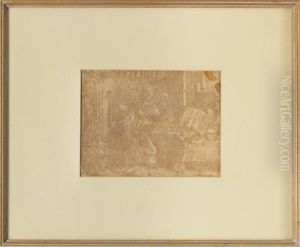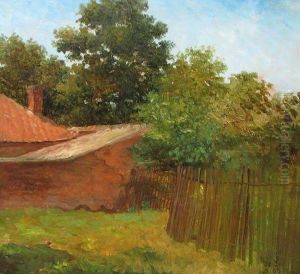M. De Vos Paintings
Marteen de Vos, born in 1532 in Antwerp, was a pivotal figure in the Northern Renaissance, particularly within the Flemish school. His career spanned a period of significant change in the art world, bridging the late Renaissance and the early Baroque periods. De Vos was deeply influenced by his early training and travels, especially his time in Italy, where he absorbed the Italian Renaissance's ideals and techniques, which he later amalgamated with Northern European art traditions.
De Vos initially apprenticed under his father, Pieter de Vos, before continuing his studies under the tutelage of Frans Floris, a leading Antwerp painter of the time. His education was comprehensive, covering a range of subjects from history to mythology and religion, which later became prevalent themes in his own works. In the mid-1550s, de Vos traveled to Italy, where he was profoundly influenced by the works of masters such as Titian and Tintoretto. This experience was crucial in shaping his style, characterized by vibrant color, dynamic compositions, and a delicate handling of detail.
Upon returning to Antwerp in the late 1550s, de Vos became a master in the city's Guild of St. Luke. He quickly established himself as a prominent artist, receiving commissions from local and international patrons, including religious institutions, the nobility, and the city council. His work ranged from altarpieces and religious imagery to mythological scenes and portraits, showcasing his versatility and mastery over different genres.
De Vos was also a key figure in the Antwerp art scene, influencing a generation of artists. His studio was one of the largest and most productive in the city, where he trained numerous apprentices, including both his sons, Daniel and Maarten the Younger, who also became accomplished painters. Through his teaching and his art, de Vos played a significant role in the transmission of the Italian Renaissance's ideals to the Low Countries, contributing to the development of the Flemish Baroque style.
Marteen de Vos's legacy is evident in the breadth of his work and his influence on subsequent generations of artists. He passed away in 1603 in Antwerp, leaving behind a rich oeuvre that continues to be celebrated for its contribution to the Northern Renaissance and the early Baroque period. His works are preserved in major museums and collections worldwide, testament to his enduring relevance in the history of art.

